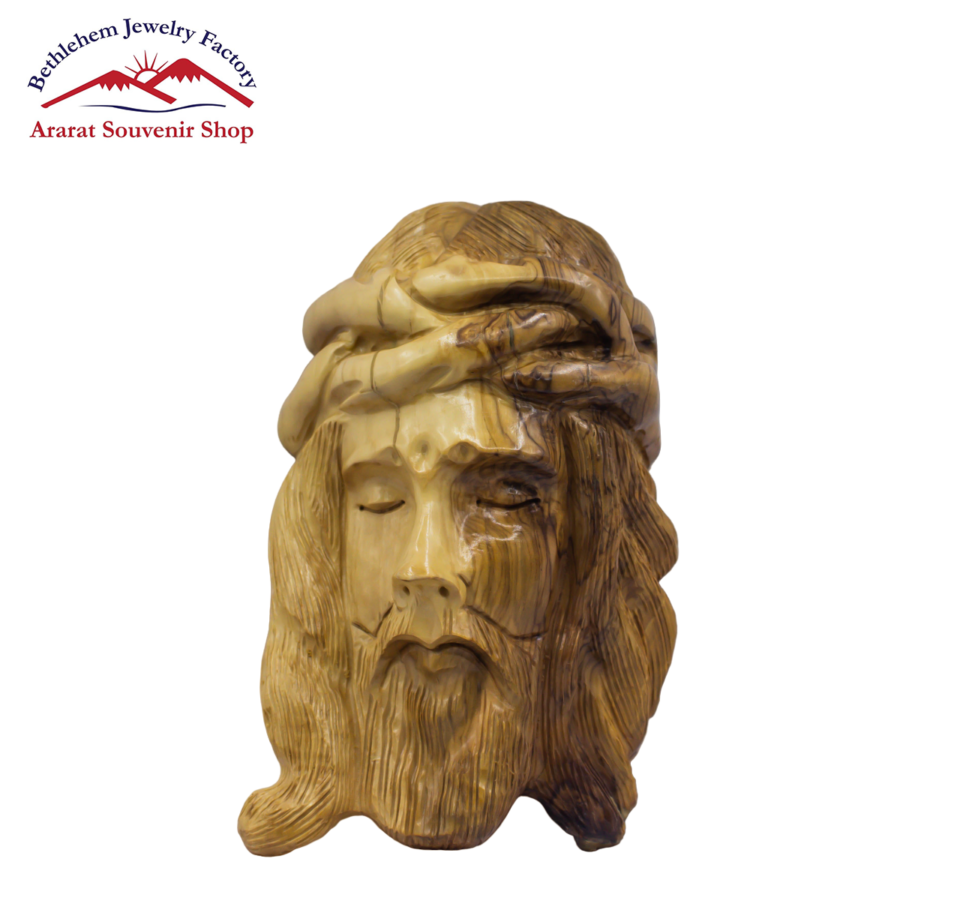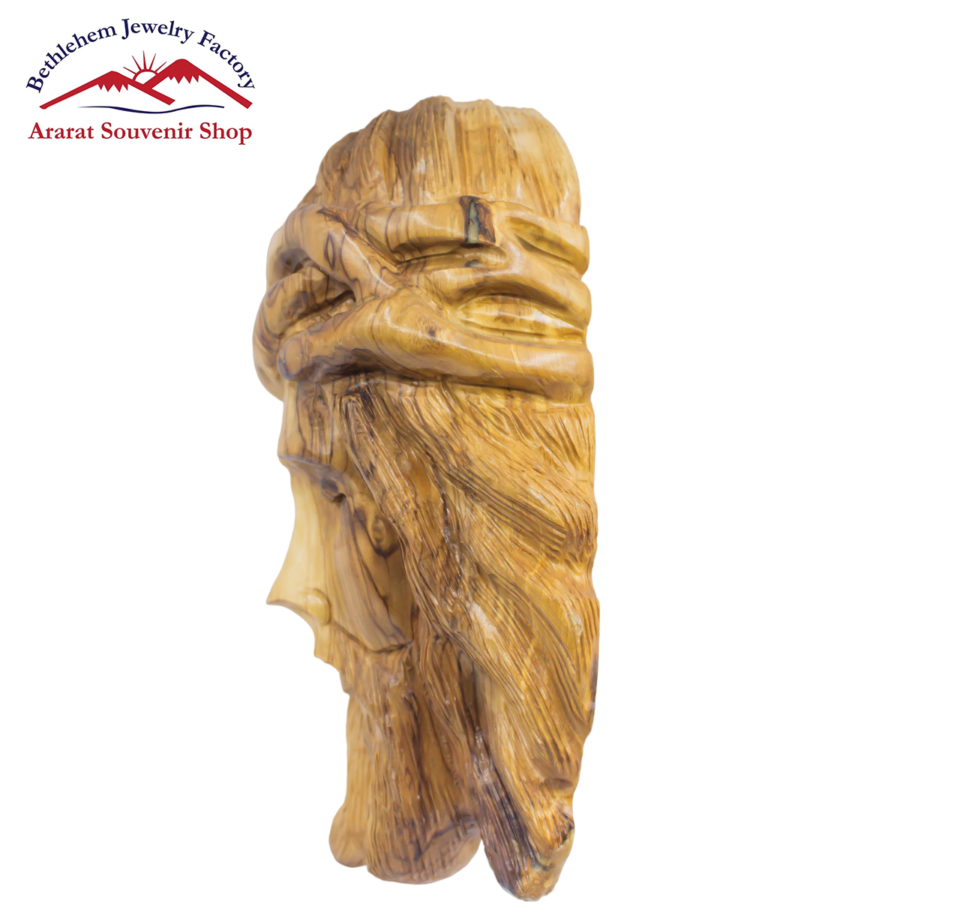Jesus Head
The figure of Jesus Christ holds a central place in Christian faith, symbolizing not only divine messianic fulfillment but also the profound embodiment of love, sacrifice, and redemption. The portrayal of Jesus, particularly His head, assumes significant theological and cultural importance, representing various aspects of His identity and mission. Through both artistic depictions and scriptural mentions, the imagery of Jesus’s head conveys deep insights into His nature and the relationship between humanity and the divine.
To understand the significance of Jesus’s head, one must consider its representation in religious art and iconography. From the earliest Christian mosaics to the Renaissance masterpieces, artists have portrayed Jesus in countless ways, emphasizing different aspects of His character. Common depictions focus on Jesus’s serene expression, often highlighting compassion and wisdom. His head is typically adorned with a halo, symbolizing His divine nature. This visual element serves to remind viewers that Jesus is not only a great teacher or prophet but also the Son of God, an embodiment of divine light and holiness. Through these representations, the image of Jesus’s head becomes a focal point of veneration, inviting believers to gaze upon Him and reflect upon their spiritual journey.
The Gospels provide numerous insights into the character of Jesus, often portraying Him in contemplative or teaching moments. His head is depicted raised in prayer, inviting followers to consider the importance of communion with God. For instance, in the Gospel of Luke, Jesus is described as praying alone, and His intimate connection with the Father is evident. This posture reflects not only His authority as the Son of God but also His perfect model of faithfulness and trust in the divine will. By examining His head lifted in prayer, believers are encouraged to cultivate their relationship with God, seeking wisdom and guidance in their lives.
Moreover, the face of Jesus conveys deep emotions throughout His ministry. In moments of compassion, such as when He healed the sick or welcomed the marginalized, the expression on His face—often characterized by tenderness and love—serves as a reflection of His mission to embody God’s unfathomable love. Conversely, in moments of righteous anger, such as when He confronted the money changers in the temple, His countenance reveals the zeal for His Father’s house and the call to justice. This emotional range depicted on Jesus’s face reminds believers that faith can encompass joy, sorrow, and everything in between.
The passion narrative profoundly magnifies the significance of Jesus’s head and face, particularly during His trial and crucifixion. The anguish evident in His countenance as He accepts the weight of humanity’s sins reflects the ultimate sacrifice He made. In the Garden of Gethsemane, His expressions of agony encapsulate the human struggle with fear and despair when facing the unknown. It is in this profound moment that Jesus teaches the importance of surrendering to God’s will despite personal challenges. Here, His head bowed in humility yet resolute in purpose communicates a message of strength amidst suffering, inspiring believers to embrace their own trials as part of their spiritual journey.
A striking element of the crucifixion is the thorny crown placed upon Jesus’s head—a powerful symbol of suffering and mockery. Historically interpreted as a symbol of royalty, its painful application serves as a profound irony in the face of His kingship. The crown of thorns represents the juxtaposition of Christ’s suffering against worldly notions of power, illuminating the call to sacrificial love. This image invites reflection on how Christ’s suffering paradoxically becomes a source of hope and redemption for humanity. The head adorned with thorns becomes a profound emblem of the ultimate sacrifice, reminding believers that through suffering, transformation and salvation emerge.
Additionally, Jesus’s head, symbolically addressing identity, is central to theological discussions about the Trinity. As the second person of the Trinity, His divine nature complements His humanity. This duality is encapsulated in the significance of His head—representing both the earthly Jesus, who walked among humanity, and the divine Christ, who reigns in heaven. The theological implications of His identity as fully God and fully man continue to be explored in church teachings, affirming the belief that Jesus is the bridge connecting humanity to God. His head thus becomes a dual symbol—representing the complexities of incarnation and the profound love God has for humanity in choosing to dwell among them.
The teachings of Jesus also emphasize the conceptual metaphor of His head as a source of knowledge and wisdom. He often spoke of “the mind” and “the heart,” drawing a connection between understanding and love. His teachings, delivered with clarity and authority, called listeners to shift their perspectives and engage deeply with the ethical and spiritual dimensions of life. In this way, Jesus’s head symbolizes the transformative power of His words—the wisdom that challenges and invites individuals to reflect on their own lives and beliefs.
Believers are encouraged to look to Jesus for guidance in navigating life’s complexities. The head of Jesus, a symbol of knowledge and authority, reminds them of the importance of aligning their thoughts and actions with His teachings. The call to “take every thought captive to obey Christ” (2 Corinthians 10:5, NIV) reinforces the invitation to cultivate a mind rooted in the values exemplified by Jesus.
In modern spiritual practice, the image of Jesus’s head continues to evoke contemplation and reflection. Whether depicted in prayer, wisdom, compassion, or suffering, His head serves as an invitation for believers to engage with their faith more deeply. The various representations of Jesus’s head across cultures and contexts illustrate the universality of His message, transcending temporal and geographical boundaries.
In conclusion, the symbolism of Jesus’s head encapsulates a multitude of meanings—divinity, wisdom, compassion, and sacrifice. Through artistic renderings and scriptural accounts, believers are invited to reflect on the profound implications of His identity and mission. The head of Jesus serves as a guiding light in the Christian faith, urging individuals to embrace love, engage with suffering, seek wisdom, and cultivate an intimate relationship with God. As believers contemplate the image of Christ, they are reminded of the transformative power of His life and teachings, inspiring them to embody the values He exemplified in their own lives.












Reviews
There are no reviews yet.